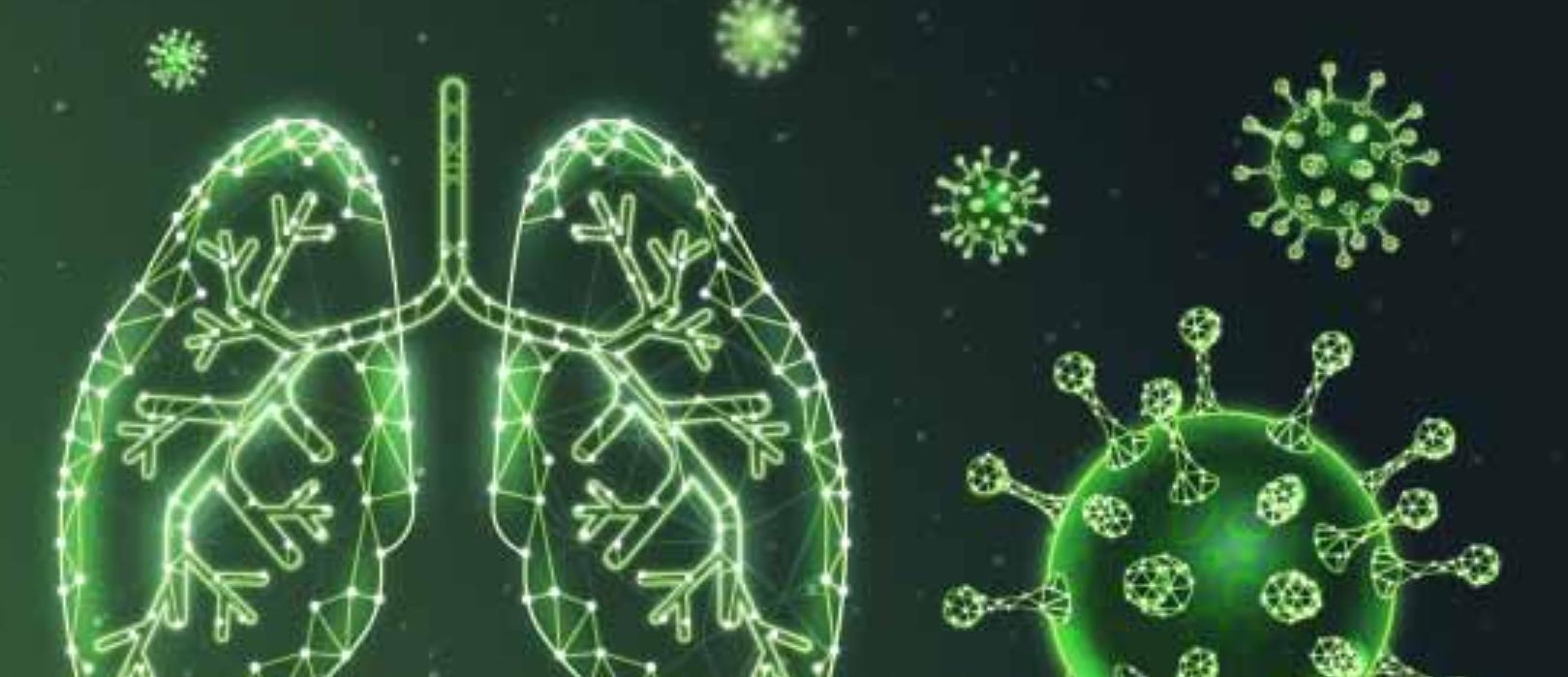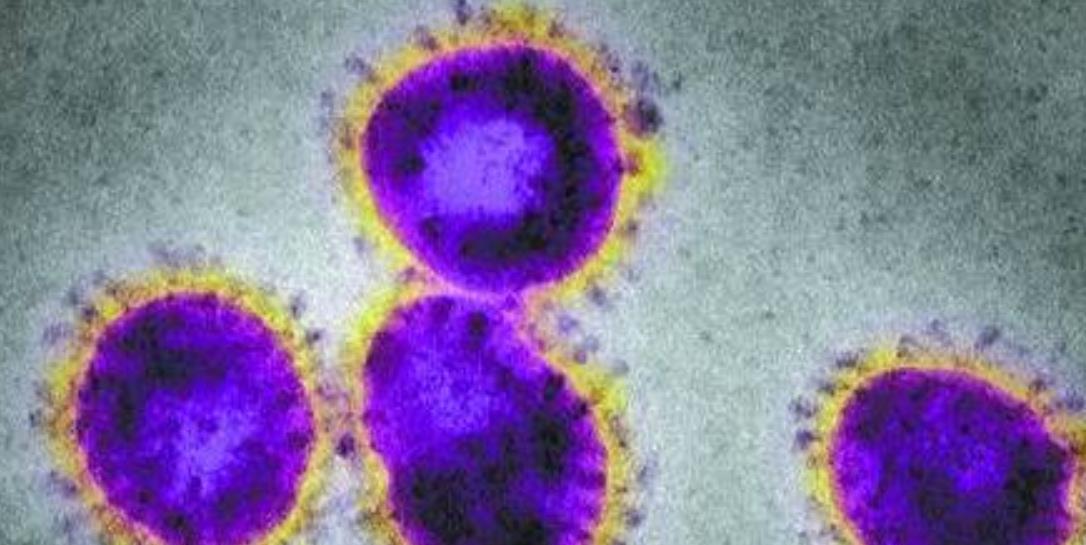Among the many discoveries of the novel coronavirus COVID-19, one seems to run counter to basic biological principles: infected patients with abnormally low blood oxygen levels or hypoxia generally say they are comfortable talking to doctors.Clinicians call it happy hypotoxicity.
Among the many discoveries of the novel coronavirus
COVID-19, one seems to run counter to basic biological principles: infected patients with abnormally low blood oxygen levels or hypoxia generally say they are comfortable talking to doctors.Clinicians call it happy hypotoxicity.So why do some patients with coronavirus not feel their alarming hypoxic levels?
The patient's appearance in front of us and the real situation clearly do not match.We know that normal oxygen saturation is at least 95%.In most lung diseases, such as pneumonia, a decrease in saturation is accompanied by other changes, including stiffness or fluid filling of the lungs, or an increase in carbon dioxide levels due to the inability of the lungs to effectively expel carbon dioxide.These characteristics can make us feel short of breath or difficult, of course, patients do not feel low oxygen saturation.Because the brain monitors carbon dioxide through a variety of sensors, we do not feel the amount of oxygen.
In severe
COVID-19 cases, the patient is basically difficult to breathe with impaired lungs, but in the early stage of the disease, low saturation does not lead to significant dyspnea.Therefore, if the carbon dioxide level is normal, deep breathing is also comfortable, which should be the patient's intuitive feeling.

Assumptions about the cause of its occurrence.Many physicians now recognize that coagulation is a major feature of severe
COVID-19.Scientists believe that subtle coagulation may be an early symptom of what happens in the lungs, which may be attributed to the inflammatory response in their small vascular network, which may trigger a series of proteins that cause blood to clot and prevent proper oxygenation.
It is known that Doctor Negri came up with the idea after treating a woman with dyspnea and circulatory problems in her toes.Negri's team gave the woman heparin, a common blood thinner, and not only her toes but also her breathing recovered.Negri wanted to know if heparin could raise the patient's hypoxia level by ignoring whether they had dyspnea or not.It was found that if hypoxic patients were treated with heparin, the dose would increase if their D-dimer levels increased, which is a blood marker of hypercoagulation.
Of these patients, one in 27 was lost to follow-up after transfer.However, 24 people are recovering, of whom 6 out of 8 need mechanical ventilation, a positive outcome that is more frequent than reported in other studies.Negri is now planning to track more patients.Several clinical trials elsewhere will test whether blood thinners can prevent or treat complications of severe
COVID-19, including respiratory problems.

So far, doctors are uncertain about the different results of early detection of low oxygen saturation using inexpensive pulse oximeters at home, but this is essential.Because there is no doubt that patients infected with coronavirus, their early symptoms of hypoxia will rapidly develop into pneumonia and eventually death.If we can detect them when they are less ill, they may not develop to the final stage.So some doctors suggest monitoring the oxygen saturation of some patients at home. If the oxygen saturation drops to 93% or lower, go to the hospital.
However, no one has studied whether early detection of hypoxia can avoid adverse outcomes.Because many
COVID-19 patients are afraid to go to hospital and only go when their symptoms are severely worsened, scientists are currently studying how to avoid such outcomes at home so that patients can be treated early.

